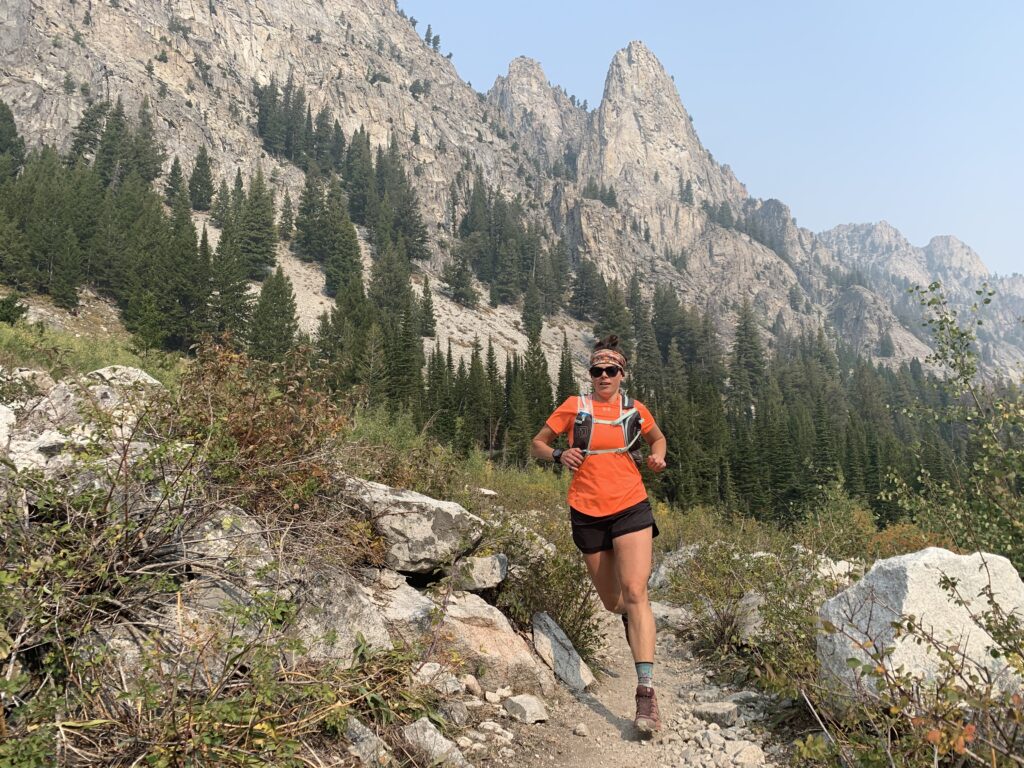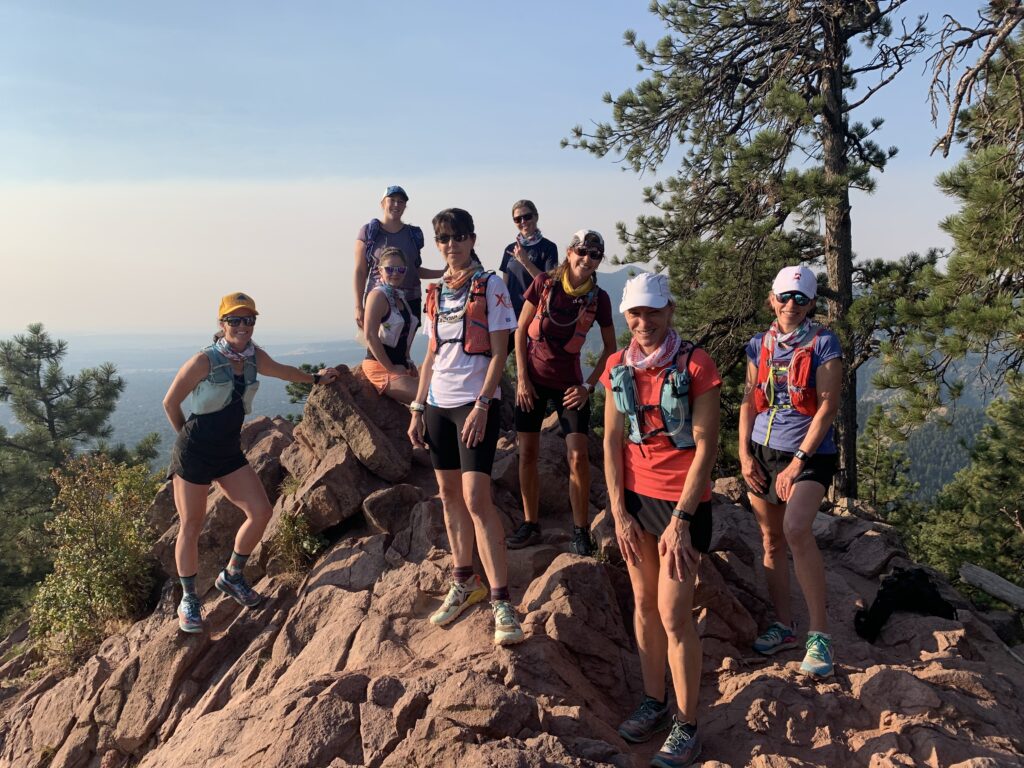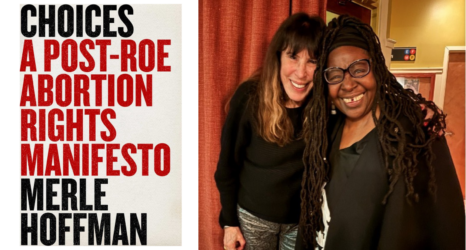Running is “one of the most primitive things a person can do,” said Gina Lucrezi, founder of Trail Sisters. Why, then, are women considered unworthy or incapable of running down a trail? Why do women remain excluded even after defeating men at ultra distances?
Over the past decade, trail running has experienced a remarkable growth in popularity, as has the ultra-marathon, defined as any race longer than the 26.2 mile marathon. Like most sports, the industry is dominated by men: In 2016, less than one quarter of 100-mile race finishers were female.
Perhaps the ideal time to address this gender gap is while the sport continues to grow. Gina Lucrezi—founder of Trail Sisters—thought ultra-running should find a way to bring women to the forefront.
Trail Sisters—which provides educational content and resources as well as an online running community for women—was founded in April of 2016. The timing is not coincidental: Months into his presidency, Donald Trump made it clear that he was ready to wage a war on women. “People were more aware of their rights or their lack of rights,” Lucrezi said of early 2016.
She realized no space existed for the women of trail running and decided to create one herself. Lucrezi told Ms., “When I started Trail Sisters, it was because I was frustrated women weren’t represented in this area I am passionate about.”
Lucrezi was well-positioned to start this platform. She was an extremely successful runner in college and competed as a professional athlete, winning races like the Silver Rush 50—twice. Moreover, Lucrezi worked in publishing in the ultra-running world for entities like Trail Runner Magazine and iRunFar.com.

She had an close-up view of the gendered experience of ultra-running, which exasperated her. Running is “one of the most primitive things a person can do,” she explained. Why, then, are women considered unworthy or incapable of running down a trail? Why do women remain excluded even after defeating men at ultra distances?
Trail Sisters began as an online journal “focused on the female voice and experience.” From the start, a few things made this journal different.
First, Lucrezi welcomes all contributors. As a crowdsourced platform, Trail Sisters does not require writers to be professional journalists to publish on the site. Sometimes, Lucrezi goes as far as to help women through the writing and editing process. In this manner, she assures that all views are shared on Trail Sisters. “I think everybody deserves a chance,” Lucrezi said.
Of course, that is not to say the content is less-than. In fact, Trail Sisters is inarguably the go-to platform for women trail runners who are looking to read or write. Extremely well-known runners like Clare Gallagher publish on the site, and Trail Sisters remains the premiere women’s trail running information center.
Lucrezi’s all-welcoming approach to the Trail Sisters Journal extends to the trails as well. She consistently includes mid-pack and back-of-the-pack runners in all things Trail Sisters, frequently noting that only one woman can come in first. By ignoring the rest, a great disservice is done to the trail running masses.
A journal, however, was just the start for Trail Sisters. Today, Trail Sisters has too many aspects to list and is still growing. Highlights include:
- Local groups
- Adventure grants
- Retreats
- Trail Sisters approved races
All are centered around supporting and enabling women to hit the trails. These Trail Sisters programs are what set it apart from other athlete activist groups: Trail Sisters is quite literally giving women the community, practical resources and funds to run, hike and walk.
In conjunction with the online journal, Trail Sisters Local Groups are the bedrock of Trail Sisters.
“We have about 120 local groups across the country,” Lucrezi said. Trail Sisters Local Groups use online Trail Sisters Communities to bring women together to run and share advice about local trails. In this way, Trail Sisters has successfully translated an online community into a physical one. In pre-COVID times, Lucrezi toured the country to visit Local Groups. This is something she hopes to bring back in times when travel and physical contact are safe again.
Adventure Grants are perhaps the most direct avenue through which Trail Sisters gets women adventuring. Through a partnership with Merrell, Trail Sisters offers six $500 grants every year to help women accomplish their trail goals. Last year, the money awarded by Trail Sisters helped women run the Lebanon Mountain Trail, explore the Sierra Nevadas and much more.
Most recently, the organization has launched the Childcare Grant—each quarter, Trail Sisters and The North Face will provide six mothers with $150 (and some goodies) to put towards anything that will help them get out the door for some well-deserved and needed “me time.” (Apply here.)
Retreats are another way Trail Sisters equips women to adventure. Held in Boulder, Colorado, twice-yearly Trail Sisters Retreats welcome runners of all capabilities and provide further resources for women. Additionally, retreats provide women with the opportunity to build and strengthen their trail community.

The most powerful way Trail Sisters revolutionizes trail running for women is via their “Trail Sisters Approved” standard for trail races. “The real way to get anything done is by changing policy,” Lucrezi said. “We actually have to do things that mean women are equal.”
While not a government regulation, the Trail Sisters Approved standard quickly became a coveted stamp in the trail running sphere. Working with race directors and the Trail Sisters Community, Lucrezi came up with five criteria races must meet to earn the Trail Sisters Approved standard. Lucrezi was passionate about ensuring these standards were not expensive or impractical to meet. These are “things any and every race director can implement,” she said.
She aimed to show race directors just how easy it can be to welcome women. The five criteria to become Trail Sisters Approved are:
- Equal podium spots.
- Equal prize money and awards.
- Women-specific swag and apparel.
- Menstrual products at aid stations.
- Equal opportunity for women on the starting line.
While these criteria may seem simple, they are concerningly elusive. Equal podium spots, prize money and awards should be considered as basic as Title IX rights. However, even organizations as significant as the women’s national soccer team have had to fight incessantly for equal pay. Thus, implementing equal podium spots, prize money and awards at all small trail races is currently quite far away. Women’s-specific swag and apparel is also a way to make women feel more welcome. “Unisex” gear is, of course, always simply men’s gear. By creating apparel specifically for women, races can signify that they expect, and welcome, women at the race.
Menstrual products at aid stations in races longer than a half-marathon (13.1 miles) is a key factor to becoming Trail Sisters Approved. Many trail races are over 100 miles long and can take multiple days. Thus, unexpectedly starting your period in the middle of a race can be quite the obstacle without menstrual products.
To become Trail Sisters Approved, aid stations must place menstrual products in a visible location at the aid stations; they cannot be hidden away like some secret and coveted device. This way, a menstruating person can easily see and utilize the products.
Another seemingly small standard that may have a significant impact on women interested in trail running is equal opportunity and space for women at the starting line. Even in trail races with a significant number of women runners, start line pictures are often made up of a wall of men. Of course, women interested in trail running see these pictures and think the space is not for them.
Lucrezi explained that at trail races, “Women are not prevented to stand on the starting line, but … whenever you see a start line photo it is a wall of men.” To combat this, Trail Sisters Approved races either reserve half of the start line for women or make multiple announcements encouraging women to come to the start line. Hopefully, women will see photographs of Trail Sisters Approved start lines and encounter a space they are welcomed and honored.
Lucrezi said she makes a conscious effort to create confidence in women that translates off-trail. “Women lack confidence because of traditional or historical trends,” she said. “I hope I can help encourage women across the things we do and the opportunities we provide.”
Trail Sisters is not afraid to step out of the trail running sphere to advocate for women’s rights. Trail Sisters sells gear to advocate for the Equal Rights Amendment and contribute to the National Women’s Law Center.
Despite her continued activism and efforts, Lucrezi knows we are far from an equitable world.
“I can’t stop seeing inequality anymore,” she said.
As for the role Trail Sisters plays in combating inequality: “We’ll never get anywhere unless we do speak up because nobody is going to make a change unless we are demanding it.”
You may also like:





